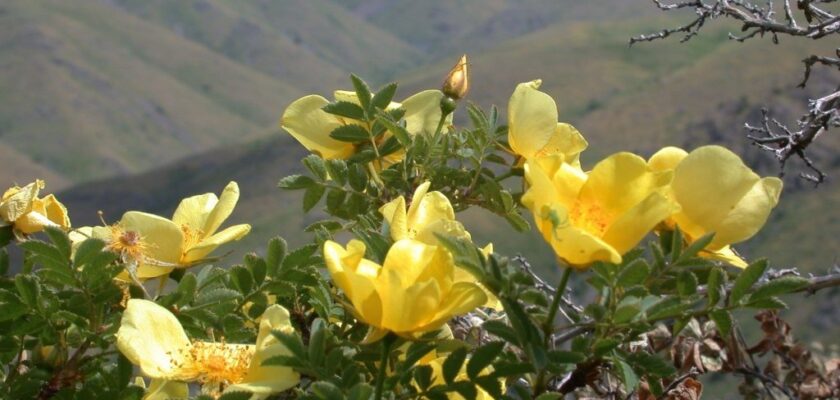Karatau Nature Reserve
Karatau Nature Reserve is a nature conservation area, which is located in the central and highest part of the Karatau mountain range, in the South Kazakhstan region of the Republic of Kazakhstan. The reserve covers an area of 34,300 hectares, of which 17,900 hectares belong to the specially protected zone. In the area of the reserve Karatau is asymmetrical. From the south-west its slope is wide and gentle, and from the north and north-east it is cut off by steep spurs. From all sides, the protected area is surrounded by deserts – Kuzylkum, Moyinkum and Hungry Steppe or Betpak-Dala.
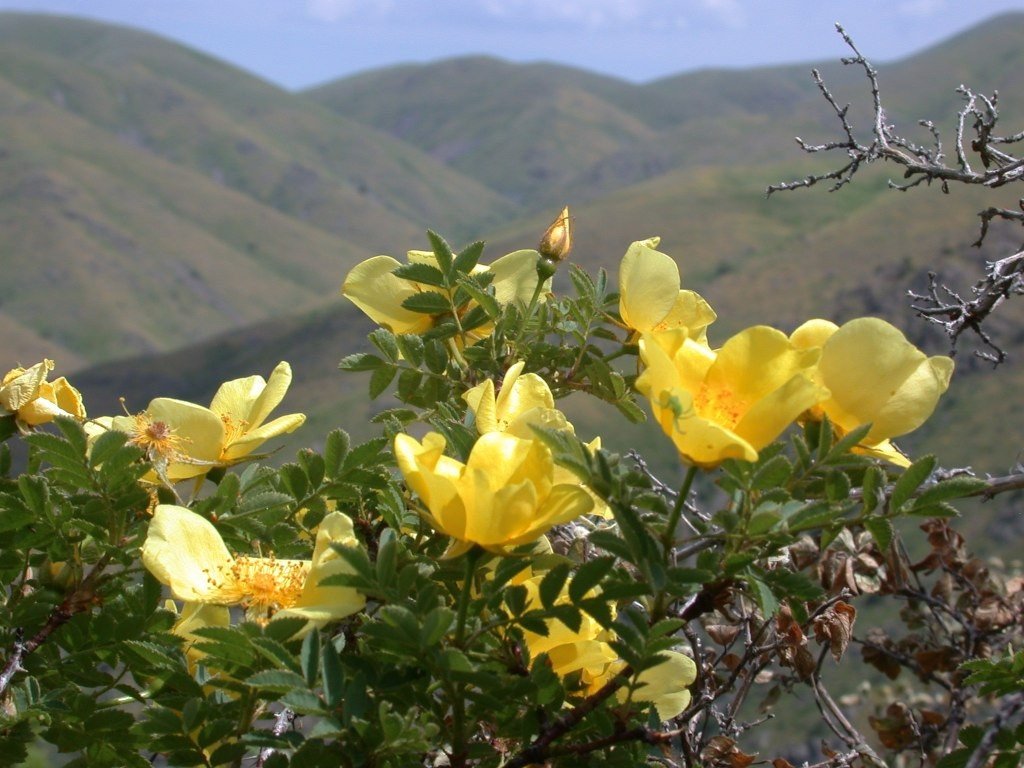
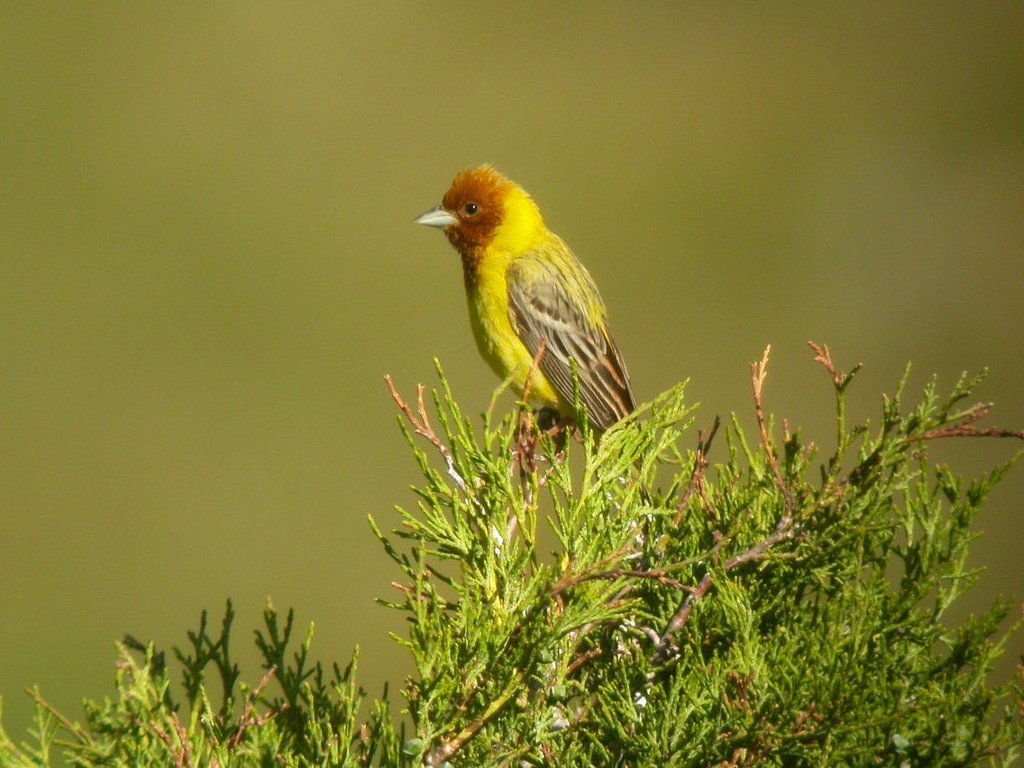
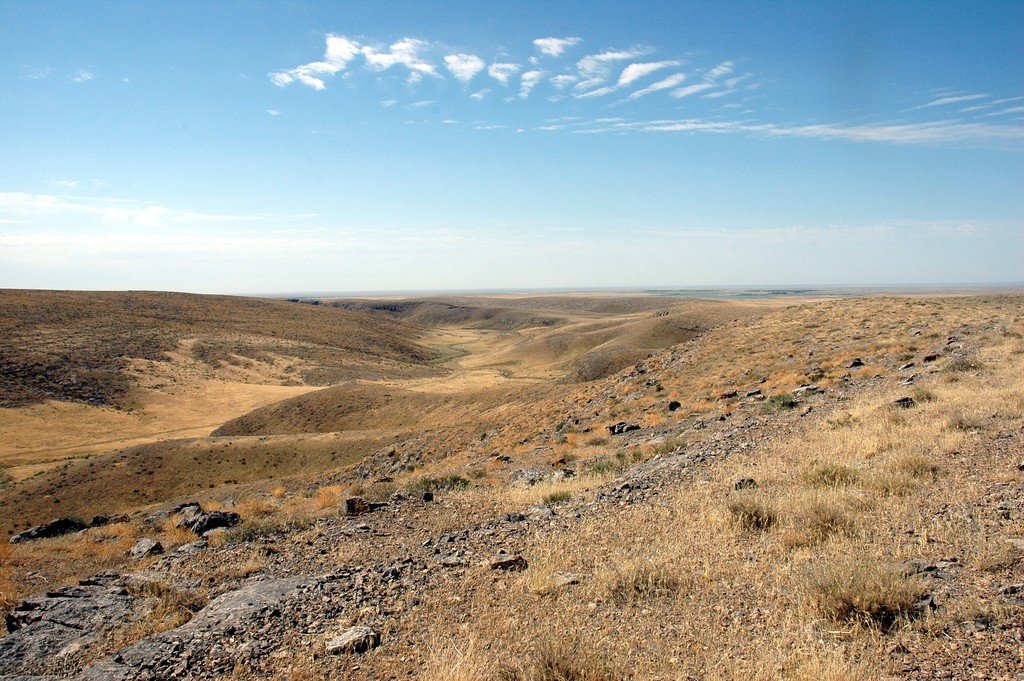
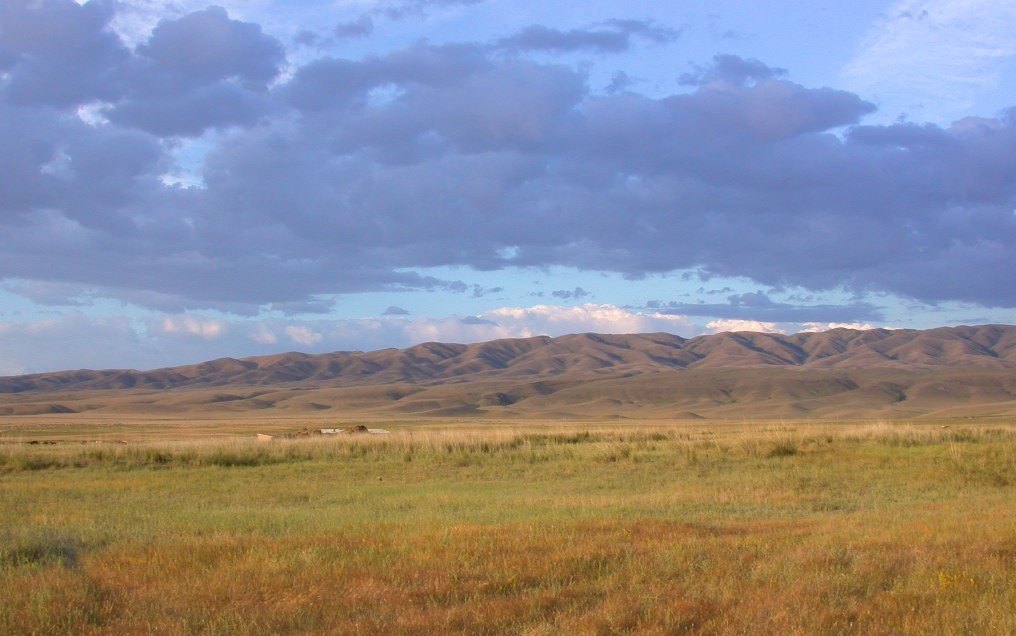
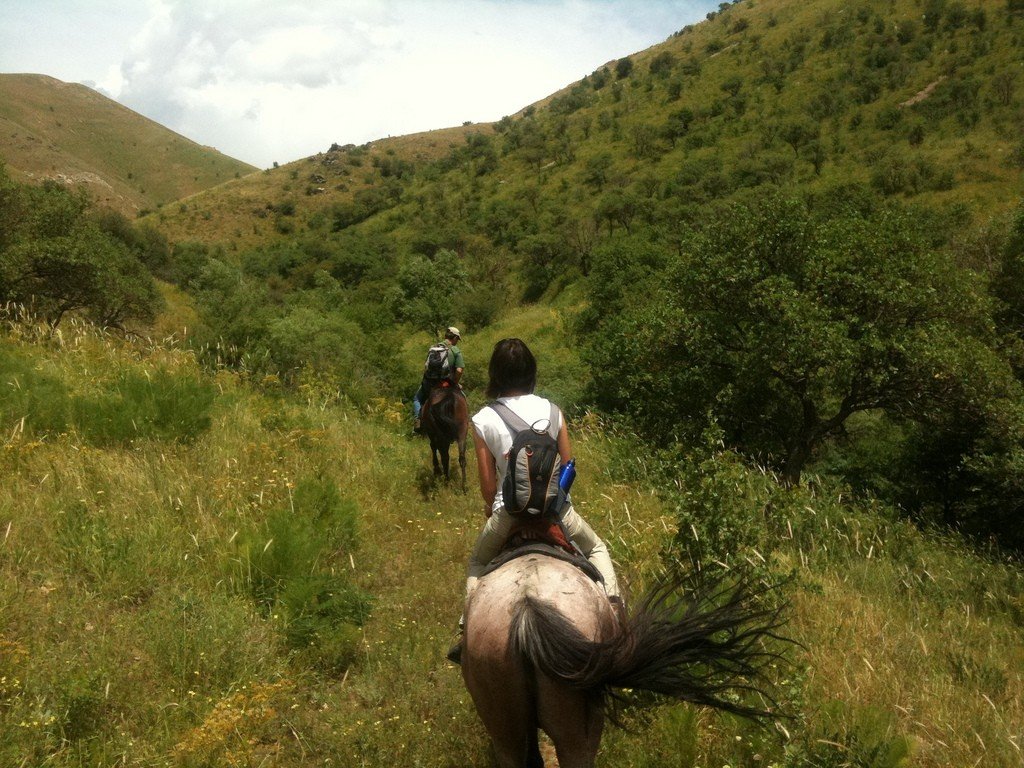
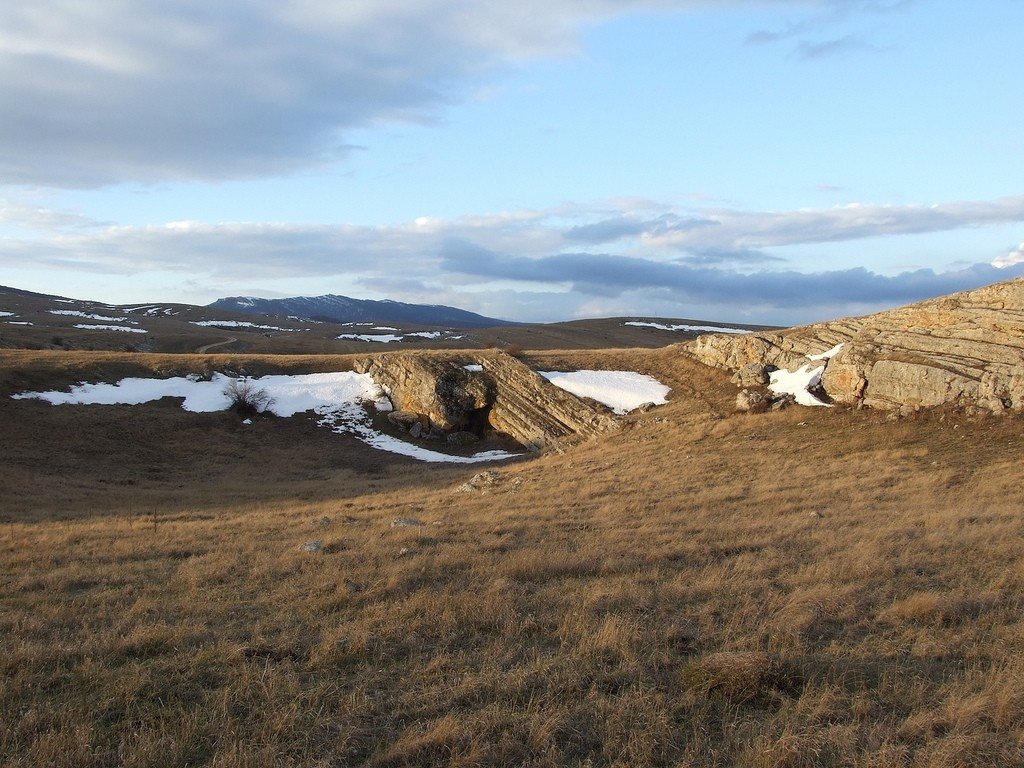
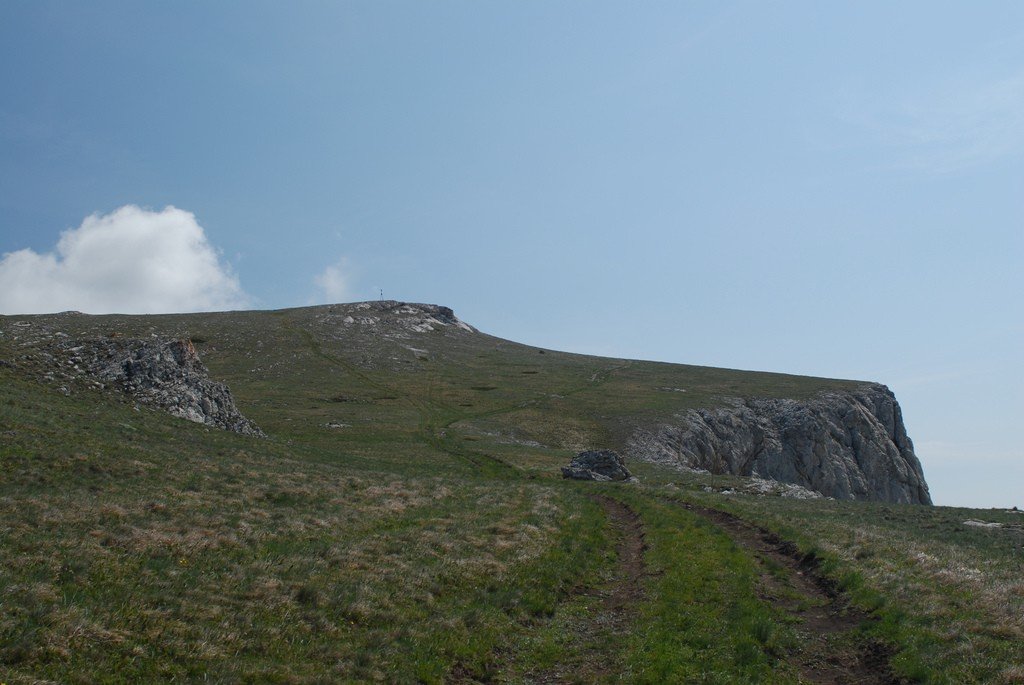
General information
Karatau reserve is the youngest in Kazakhstan. The history of its formation began more than 40 years ago. Since 1975, biologists working on the Karatau ridge began to raise the question of the need to create a conservation area. Several scientific expeditions were conducted in the mountains, and finally, in 2004, a new reserve appeared. It was created to protect the population of the rare Karatau argali and endemic plants. At the time of the formation of the reserve, there were only 38 Karatau argali on the mountain slopes, but today the number of these animals exceeds 300 individuals.
.
The reserve lands are located in the zone of continental arid climate. In the coldest month of the year, January, the average air temperature is -5 °С, and in July +25…+27 °С. The warm period, when the thermometer rises above +5 °С, lasts 220 days. About 400 mm of precipitation falls in Katarau reserve during the year.
.Tourists come to the Karatau reserve to see the bizarre mountain landscapes and admire the waterfalls. The largest of them comes down from a height of 100 meters and is called “Cruel Heart.”
.An ecological trail “Hantagi-Tastyn bauy” is laid along the protection zone, a scientific-cognitive complex “Karatau tabigaty” works. There is a museum of ethnography of local peoples and sculptures of mammals living on the Karatau ridge. In order for tourists to get acquainted with the local flora, seedlings of several species of hawthorn, Regel pear, cotoneaster and Karatau honeysuckle have been planted at the local site.
.Plant World
The Karatau reserve has an extremely rich flora. There are 1600 species of plants on mountain ledges and in valleys, and almost a quarter of them belong to rare species. In terms of the number of endemics, the protected area is unrivaled in the republic. The Red Book includes 42 plant species. Here one can see a semi-shrub tau-sagyz, discovered by scientists only in 1929. In addition, Karatau protects populations of the rarest species – onion of Turchinsky, sandfly, Prangos, bluegill and wild tulips.
.Animal life
Over the last 100 years, the composition of the fauna of the Karatau Reserve has changed significantly. Snow leopards and Tien Shan brown bears have been completely destroyed in the mountains, while roe deer, wild boars and tolai hares have become rare guests. Today the main protected species are the Karatau argali, Indian porcupine and stone marten. The mountain caves of Karatau shelter several species of bats.
There are 118 species of birds living in the Karatau reserve. Here you can meet white and black storks, vultures, snake-eaters, dwarf eagles, balabans, steppe eagles, golden eagles, warthogs, whooping cranes, painted bustards and owls. It is noteworthy that many of the nesting birds stay in the reserve for wintering. The rivers flowing from the southwestern spurs of the ridge are home to the marinka fish.
.How to get there
The central farmstead of the Karatau reserve is located in Kentau city, on Valikhanov Street, 17. To get here, you first need to get to Shymkent. This city has an airport that receives flights from Almaty, Astana, Aktau, and Moscow.
From Shymkent you need to get to the city of Turkestan – the administrative center of South Kazakhstan region. This can be done by rail, bus or cab. The distance between the two Kazakhstani cities is 160 km, and the road takes 2.5-4 hours.
.The city of Kentau is located 40 kilometers northwest of Turkestan. Although there is a railroad to Kentau, there is no passenger service, so cabs or shuttle buses are used to get from Turkestan to Kentau.
.
